The Bargello Museum and Donatello's David
A museum not yet famous enough, but a must visit!
The Bargello National Museum is one of the most important Italian museums and houses masterpieces by Michelangelo, Ghiberti, Cellini, Giambologna, Ammannati.
The Palazzo del Bargello, called del Popolo, is one of the most significant medieval buildings in Florence, located in Via del Proconsolo, a few steps from Piazza della Signoria. The construction of the palace dates back to the mid-1200s with the aim of creating the new seat of the captain of the people, a figure destined to organize the government of the city of Florence, in the common spare time.
THE PALAZZO DEL BARGELLO: THE HISTORY
When the Medici family came to power in Florence, the Palazzo del Bargello was first used as the seat of the Council of Justice and Judges of Wheel . From 1574 under the power of Duke Cosimo I de 'Medici it was used as a prison and also provided for death sentences.
In the three centuries when the palace was used as a prison, the arches of the loggia were walled up in the courtyard, the more spacious rooms were divided with partitions to obtain a greater number of cells and the decorations and paintings were covered.
Around 1859 the prison was moved to the Murate and the restoration work on the building began. The task was entrusted to Francesco Mazzei, who tried to restore its ancient appearance by recovering and redoing the architectural aspects of the structure from scratch.
In 1865 the National Museum of the Bargello was inaugurated: on the ground floor the rooms dedicated to weapons were set up with objects from the Medici armory and some rooms dedicated to fifteenth and sixteenth century sculpture.
On the first floor the sculptures from the Salone del Cinquecento of Palazzo Vecchio were inserted.
Subsequently, the collections of applied arts arrived from the Uffizi Gallery: waxes, ambers, bronzes and much more and later a large part will be transferred to the Museo degli Argenti.
During the violent flood of 1966, the Bargello building suffered serious damage with the consequent displacement of some works and modernizations in the structure.
In 2006, during the normal opening hours, three ancient jewels belonging to the Islamic section of the Museum were stolen.
THE WORKS OF THE BARGELLO MUSEUM
One of the most important rooms of the Bargello museum is the one dedicated to Michelangelo Buonarroti. The room was initially used as a collection of weapons belonging to the Medici family, but after the flood it was again whitewashed and Luciano Berti decided to dedicate it to sixteenth-century sculpture, with works from the Uffizi Gallery. Even today, the wall has only one fresco by Giotto depicting the Madonna with the child.
This room hosts the works of Michelangelo's early age, there is Bacchus and his first all-round work performed at the age of 22 with a profane subject, very rare, as the artist will be overwhelmed by a profound religiosity. Always here, there are 3 other Michelangelo's artworks: the Tondo Pitti, the Brutus and the David-Apollo.
Another room of significant importance is the one dedicated to Donatello. This room was restored between 1857 and 1865, decorated with fake frescoes and set up on the occasion of the fifth centenary of Donatello's birth with his sculptures arranged according to a correct symmetry.
Among the masterpieces exhibited here, we find the San Giorgio, coming from Orsanmichele, the Marzocco (lion in pietra serena that rests its paw on the symbol of Florence). But what most attracts the viewer's attention is the famous David.
DAVID DI DONATELLO at the Bargello Museum
The David, or Mercury, is a bronze sculpture created by Donatello in 1440. From the time of Ancient Rome it is the first full relief of a nude. It was probably built for the courtyard of the Medici residence, dating back to the 1940s, a period in which the sculptor worked for the family.
Around the end of the fifteenth century, on the occasion of the second expulsion of the Medici, the statue was moved to Palazzo Vecchio as a symbol of republican freedom.
Later, around 1555, it was placed in an external niche of the Palazzo, then in the second courtyard and finally in the room dedicated to the wardrobe.
It was initially placed in the room dedicated to modern sculptures at the Uffizi Gallery and later moved to the Bargello Museum where it is still present today.
The statue shows biblical attributes, such as the head of Goliath at the foot of David, the triumph of reason over brute force and irrationality. There are elements that can be traced back to the God Mercury such as winged shoes.
The man is depicted standing, with a hat decorated with a laurel wreath. His hair is loose and long, his face is turned down with an absorbed gaze. His body is totally naked except for the winged shoes which cover him up to the knee. He rests loosely on his right leg, while his left rests on the head of his defeated enemy.
The body represented is that of a young man with a proud and casual posture. In his right hand he holds the sword facing down, while his left hand is resting behind his side and hides the stone with which he hit the enemy.
Donatello gives a very refined interpretation to the human figure. David's body is represented in all perfection and his power is given by the inclination of the head, the slightly raised foot and the position of the sword.
His gaze is not only thoughtful: looking at him carefully conveys a feeling of superiority and malice typical of adolescents, and the awareness of the great feat that he has just accomplished.
Rotating around the sculpture, new details are always discovered that make the image harmonious. Donatello is also able to give great importance to Goliath, we note the strong attention to detail given by the beard and the decoration of the helmet.
To visit the Bargello National Museum in Florence it is advisable to book the entrance and if desired it is also possible to organize a tour with a private guide to discover the wonders of this Florentine museum.
Magazine
Scopri di più
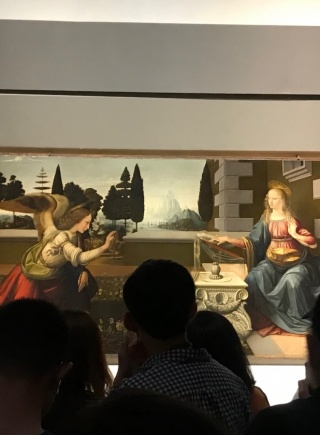 Leonardo Da Vinci at the Uffizi Gallery
Leonardo da Vinci, Tuscan by birth, has spent most of his life traveling around Italy. Many of his masterpieces are therefore scattered in v...
Read More
Leonardo Da Vinci at the Uffizi Gallery
Leonardo da Vinci, Tuscan by birth, has spent most of his life traveling around Italy. Many of his masterpieces are therefore scattered in v...
Read More
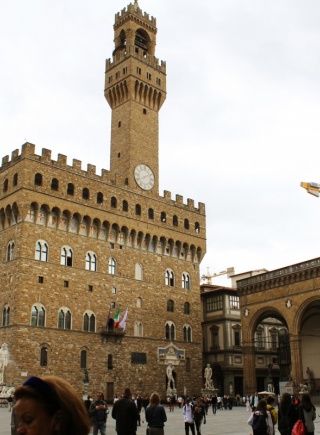 Piazza della Signoria in Florence and the fountain of Neptune
Piazza della Signoria is a real treasure chest of art treasures, in the heart of historic Florence.This famous Florentine square is home fir...
Read More
Piazza della Signoria in Florence and the fountain of Neptune
Piazza della Signoria is a real treasure chest of art treasures, in the heart of historic Florence.This famous Florentine square is home fir...
Read More
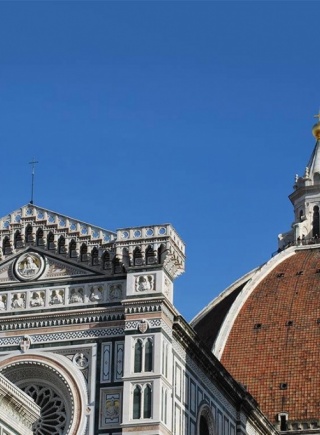 The Duomo of Florence, Santa Maria del Fiore Cathedral
The Cathedral of Santa Maria del Fiore is the fifth largest church in Christianity."Duomo" is a word that derives from the Latin "domus", or...
Read More
The Duomo of Florence, Santa Maria del Fiore Cathedral
The Cathedral of Santa Maria del Fiore is the fifth largest church in Christianity."Duomo" is a word that derives from the Latin "domus", or...
Read More
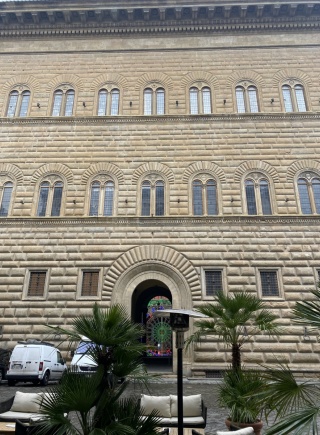 Palazzo Strozzi in Florence a timeless jewel
Palazzo Strozzi has three grandiose identical portals facing Via Tornabuoni and Piazza Strozzi. The palace was commissioned by Filippo Stroz...
Read More
Palazzo Strozzi in Florence a timeless jewel
Palazzo Strozzi has three grandiose identical portals facing Via Tornabuoni and Piazza Strozzi. The palace was commissioned by Filippo Stroz...
Read More
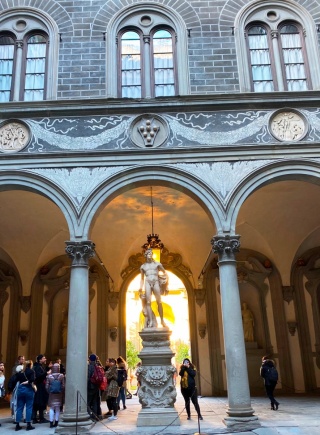 Palazzo Medici Riccardi in Florence the first Medici residence
The Medici Riccardi palace is located in the heart of Florence and is a work created by the architect Michelozzo, commissioned by Cosimo the...
Read More
Palazzo Medici Riccardi in Florence the first Medici residence
The Medici Riccardi palace is located in the heart of Florence and is a work created by the architect Michelozzo, commissioned by Cosimo the...
Read More
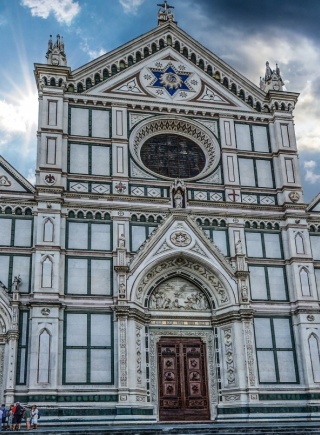 Santa Croce Basilica in Florence
The Santa Croce Basilica is located in the homonymous square in the heart of Florence. It is one of the largest Franciscan churches and undo...
Read More
Santa Croce Basilica in Florence
The Santa Croce Basilica is located in the homonymous square in the heart of Florence. It is one of the largest Franciscan churches and undo...
Read More
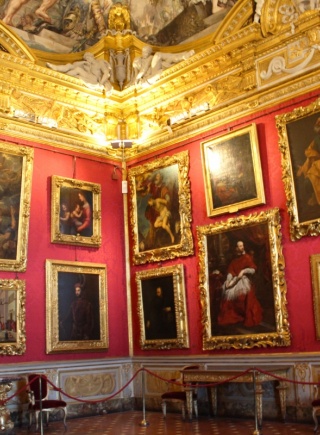 Palazzo Pitti in Florence and the Palatine Gallery
Palazzo Pitti was the palace of the Grand Duchy of Tuscany under the dynasty of the Medici family previously and the Lorraine later.Inside t...
Read More
Palazzo Pitti in Florence and the Palatine Gallery
Palazzo Pitti was the palace of the Grand Duchy of Tuscany under the dynasty of the Medici family previously and the Lorraine later.Inside t...
Read More
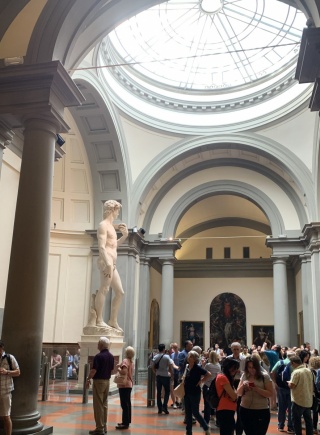 Michelangelo's David at the Academy of Florence
Michelangelo's David is an imposing sculpture in Carrara marble still considered the perfect ideal of a male figure. It is certainly made ar...
Read More
Michelangelo's David at the Academy of Florence
Michelangelo's David is an imposing sculpture in Carrara marble still considered the perfect ideal of a male figure. It is certainly made ar...
Read More
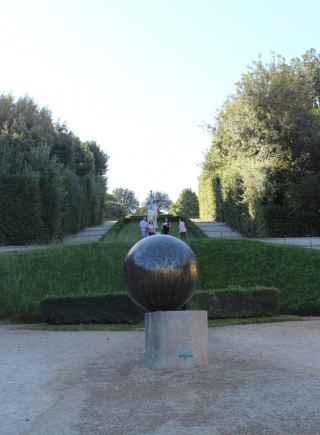 The Boboli Gardens in Florence and its wonders
The Boboli Gardens covers an area of 45,000 square meters on the hill behind Palazzo Pitti and continues down towards Porta Romana, passin...
Read More
The Boboli Gardens in Florence and its wonders
The Boboli Gardens covers an area of 45,000 square meters on the hill behind Palazzo Pitti and continues down towards Porta Romana, passin...
Read More
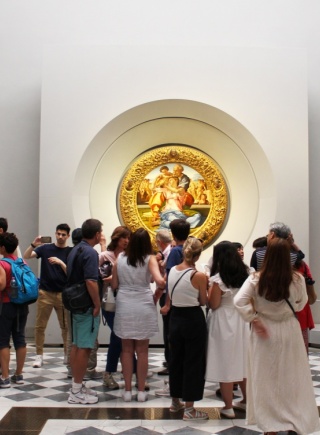 The Uffizi Gallery, the history of the largest Renaissance museum
The Uffizi Museum houses one of the most important Renaissance art collections in the world, Botticelli, Cimabue, Caravaggio, Giotto, Michel...
Read More
The Uffizi Gallery, the history of the largest Renaissance museum
The Uffizi Museum houses one of the most important Renaissance art collections in the world, Botticelli, Cimabue, Caravaggio, Giotto, Michel...
Read More
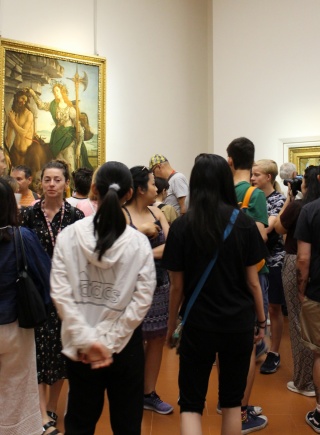 Sandro Botticelli at the Uffizi Gallery of Florence
The Uffizi Gallery is one of the most important museums in the world, but also the Museum of Sandro Botticelli!The Uffizi museum is based in...
Read More
Sandro Botticelli at the Uffizi Gallery of Florence
The Uffizi Gallery is one of the most important museums in the world, but also the Museum of Sandro Botticelli!The Uffizi museum is based in...
Read More
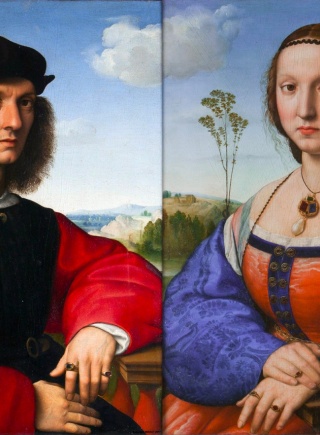 Read More
Read More
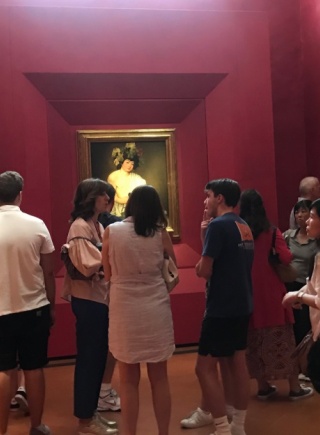 Read More
Read More
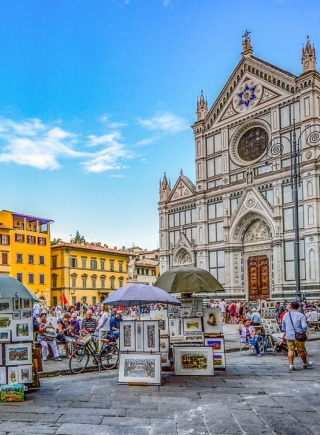 Read More
Read More
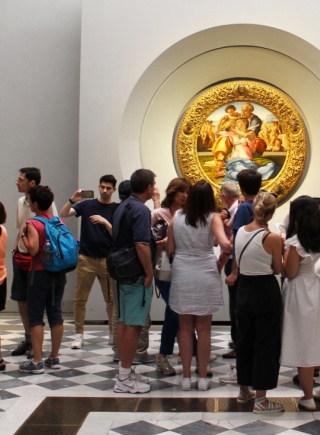 Read More
Read More
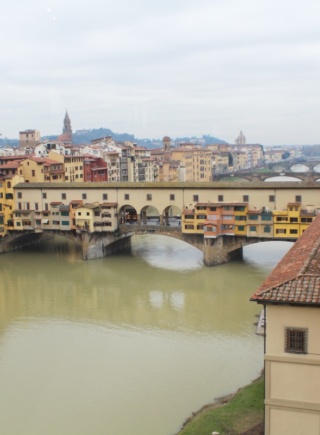 Read More
Read More
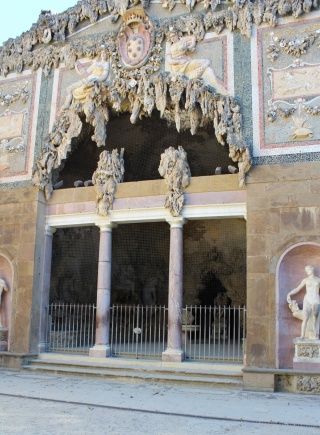 Read More
Read More
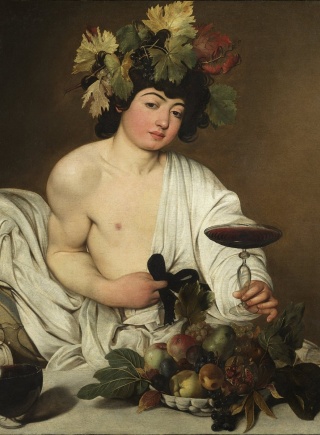 Read More
Read More
The Uffizi Gallery houses the largest collection of paintings from Romanesque period to the 18th century. Nowadays the Uffizi still accommodates famous masterpieces exhibited in chronological order

